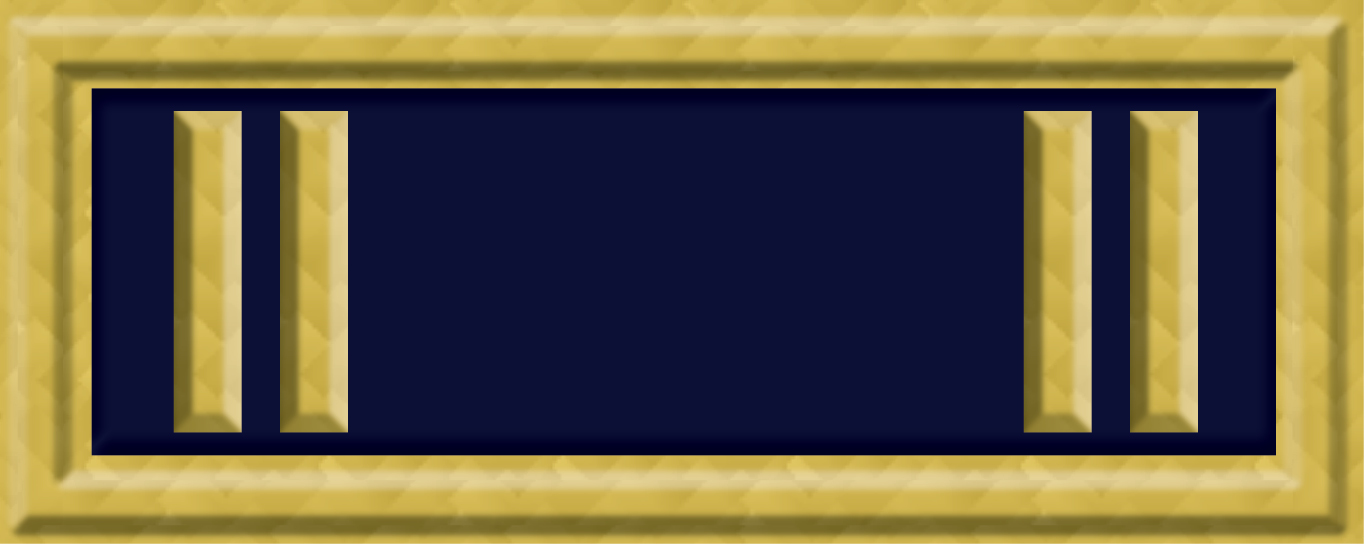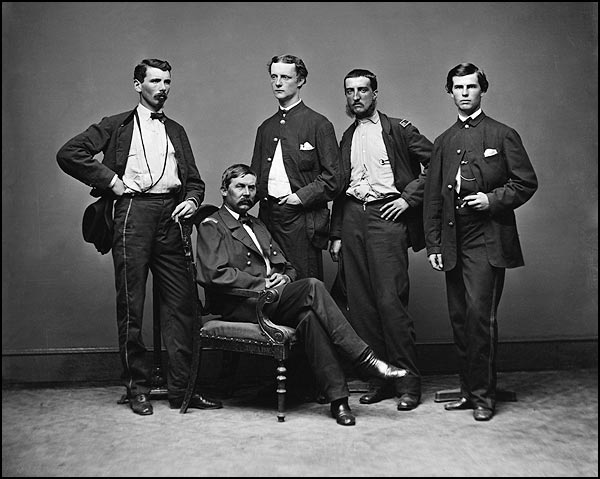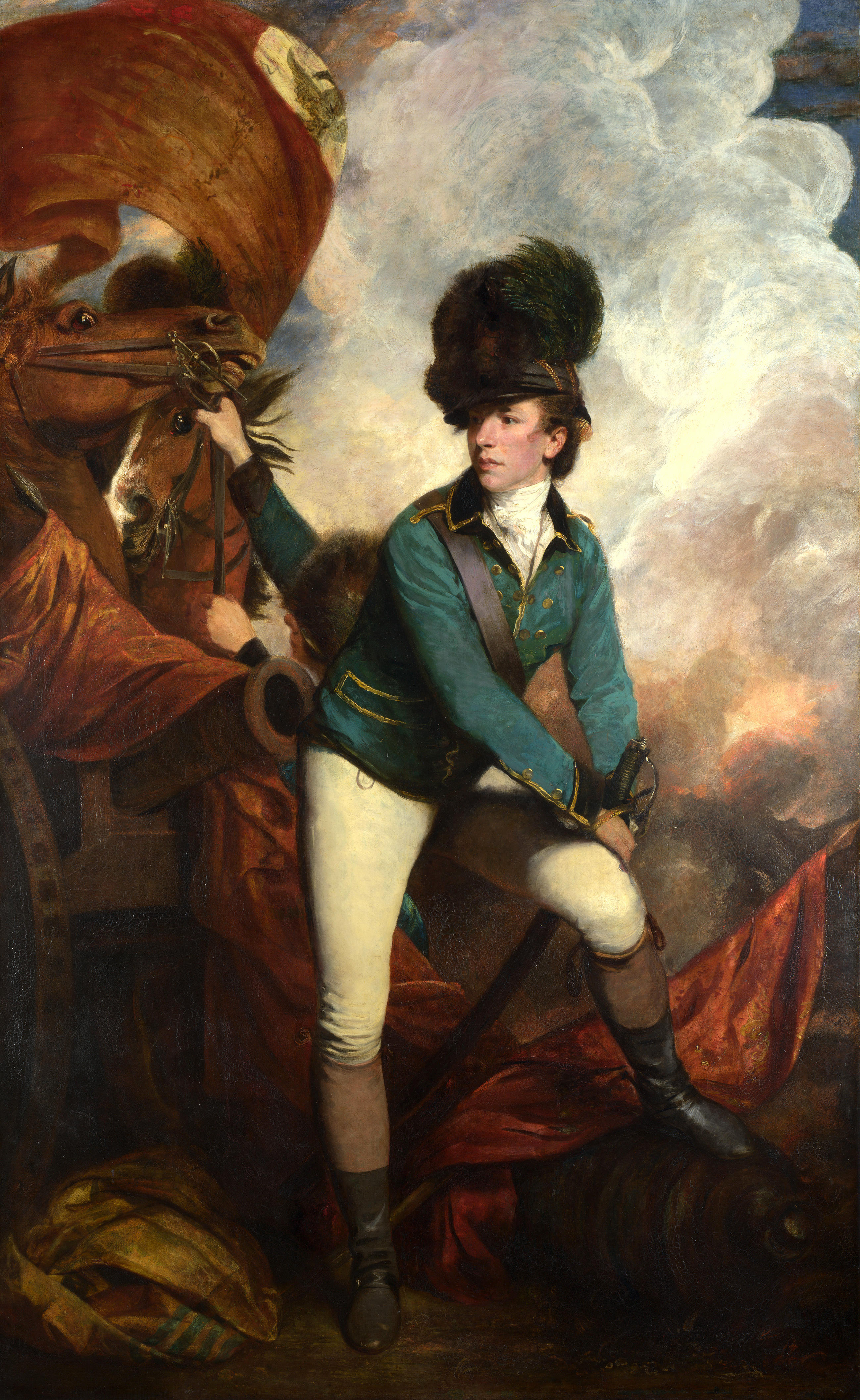|
Abraham Buford
Abraham Buford (July 21, 1747 – June 30, 1833) was a Continental Army officer during the American Revolutionary War, rising to colonel and best known as the commanding officer of the American forces at the Battle of Waxhaws. After the war Buford became a member of the Society of the Cincinnati of the State of Virginia. Biography Buford was born in Culpeper County, Virginia. He quickly organized a company of minutemen upon the outbreak of the American revolution in 1775, eventually rising to the rank of colonel by May 1778. Assuming command of the 11th Virginia Regiment in September, he would be assigned to the ad-hoc 3rd Virginia Detachment in April 1780 and sent south to relieve the British siege of Charleston, South Carolina. Buford's men were on the north side of the Santee River, unable to help during the Battle of Lenud's Ferry. Forced to withdraw following the surrender of Charleston on May 12, the 3rd Virginia Continentals were trapped on May 29 by a British ... [...More Info...] [...Related Items...] OR: [Wikipedia] [Google] [Baidu] |
Continental Army
The Continental Army was the army of the United Colonies representing the Thirteen Colonies and later the United States during the American Revolutionary War. It was formed on June 14, 1775, by a resolution passed by the Second Continental Congress, meeting in Philadelphia after the war's outbreak at the Battles of Lexington and Concord on April 19, 1775. Therefore, June 14th is celebrated as the U.S. Army Birthday. The Continental Army was created to coordinate military efforts of the colonies in the war against the British Army during the American Revolutionary War, British, who sought to maintain control over the American colonies. General George Washington was appointed commander-in-chief of the Continental Army and maintained this position throughout the war. The Continental Army was supplemented by local Militia (United States), militias and volunteer troops that were either loyal to individual states or otherwise independent. Most of the Continental Army was disbanded ... [...More Info...] [...Related Items...] OR: [Wikipedia] [Google] [Baidu] |
Siege Of Yorktown
The siege of Yorktown, also known as the Battle of Yorktown and the surrender at Yorktown, was the final battle of the American Revolutionary War. It was won decisively by the Continental Army, led by George Washington, with support from the Marquis de Lafayette and French Army troops, led by the Comte de Rochambeau, and a French Navy force commanded by the Comte de Grasse over the British Army commanded by British Lieutenant General Charles Cornwallis. The siege began on September 28, 1781, and ended on October 19, 1781, at exactly 10:30 am in Yorktown, Virginia. The victory of Washington and the Continental Army at Yorktown led to the capture of both Cornwallis and the British Army, who subsequently surrendered, leading the British to negotiate an end to the conflict. The British defeat at Yorktown led to the Treaty of Paris in 1783, in which the British acknowledged the independence and sovereignty of the Thirteen Colonies and subsequently to the establishment of the Uni ... [...More Info...] [...Related Items...] OR: [Wikipedia] [Google] [Baidu] |
People From Culpeper County, Virginia
The term "the people" refers to the public or common mass of people of a polity. As such it is a concept of human rights law, international law as well as constitutional law, particularly used for claims of popular sovereignty. In contrast, a people is any plurality of persons considered as a whole. Used in politics and law, the term "a people" refers to the collective or community of an ethnic group or nation. Concepts Legal Chapter One, Article One of the Charter of the United Nations states that "peoples" have the right to self-determination. Though the mere status as peoples and the right to self-determination, as for example in the case of Indigenous peoples (''peoples'', as in all groups of indigenous people, not merely all indigenous persons as in ''indigenous people''), does not automatically provide for independent sovereignty and therefore secession. Indeed, judge Ivor Jennings identified the inherent problems in the right of "peoples" to self-determination, ... [...More Info...] [...Related Items...] OR: [Wikipedia] [Google] [Baidu] |
1833 Deaths
Events January–March * January 3 – The United Kingdom reasserts British sovereignty over the Falkland Islands in the South Atlantic Ocean. * February 6 (January 25 on the Greek calendar) – Prince Otto Friedrich Ludwig of Bavaria arrives at the port of Nafplio to assume the title King Othon the First of Greece * February 16 – The United States Supreme Court hands down its landmark decision of Barron v. Mayor and City Council of Baltimore. April–June * April 1 – General Antonio López de Santa Anna is elected President of Mexico by the legislatures of 16 of the 18 Mexican states. During his frequent absences from office to fight on the battlefield, Santa Anna turns the duties of government over to his vice president, Valentín Gómez Farías. * April 18 – Over 300 delegates from England, Scotland, Wales and Ireland travel to the office of the Prime Minister, the Earl Grey, to call for the immediate abolition of slavery throughout the British Empire. * Ma ... [...More Info...] [...Related Items...] OR: [Wikipedia] [Google] [Baidu] |
1747 Births
Events January–March * January 31 – The first venereal diseases clinic opens at London Lock Hospital. * February 11 – King George's War: A combined French and Indian force, commanded by Captain Nicolas Antoine II Coulon de Villiers, attacks and defeats British troops at Grand-Pré, Nova Scotia. * March 7 – Juan de Arechederra the Spanish Governor-General of the Philippines, combines his forces with those of Sultan Azim ud-Din I of Sulu to suppress the rebellion of the Moros in the Visayas. * March 19 – Simon Fraser, the 79-year old Scottish Lord Lovat, is convicted of high treason for being one of the leaders of the Jacobite rising of 1745 against King George II of Great Britain and attempting to place the pretender Charles Edward Stuart on the throne. After a seven day trial of impeachment in the House of Lords and the verdict of guilt, Fraser is sentenced on the same day to be hanged, drawn and quartered; King George alters Fr ... [...More Info...] [...Related Items...] OR: [Wikipedia] [Google] [Baidu] |
Abraham Buford II
Abraham "Abe" Buford II (January 18, 1820 – June 9, 1884) was an American soldier, Confederate combatant, and landowner. After serving in the United States Army during the MexicanAmericanWar, Buford joined the Confederate States Army in 1862 and served as a cavalry general in the Western Theater of the American Civil War. After the war, he retired to his native Kentucky and became a thoroughbred horse breeder. Biography Abraham Buford was born in Woodford County, Kentucky, the son of Frances W. Kirtley and her husband, William B. Buford (1781–1848). He was named for his great-uncle Abraham who was a Continental Army officer during the American Revolutionary War. He descended from a Huguenot family named Beaufort who fled persecution in France and settled in England before emigrating to America in 1635. His cousins, John and Napoleon Bonaparte Buford, who grew up nearby, were generals in the Union Army during the Civil War. Buford studied at Centre College before enter ... [...More Info...] [...Related Items...] OR: [Wikipedia] [Google] [Baidu] |
Napoleon Bonaparte Buford
Napoleon Bonaparte Buford (January 13, 1807 – March 28, 1883) was an American soldier, Union general in the American Civil War, and railroad executive. He was the half-brother of the famous Gettysburg hero, John Buford, but never attained his sibling's military distinction. Early life and education Buford was the son of John and Nancy Hickman Buford. He was born in Woodford County, Kentucky, on his family's plantation, "Rose Hill." At the time of his birth his namesake, Napoleon Bonaparte, Emperor of the French, was at the height of his power. Buford graduated from West Point in 1827 and served for eight years in the artillery and in 1835 resigned from the service to become an engineer. He thereafter engaged in iron manufacturing and banking at Rock Island, Illinois, and became president of the Rock Island and Peoria Railroad, which went bankrupt when major Southern bonds were defaulted with the start of the Civil War. Career In the U.S. Civil War, he first served as colon ... [...More Info...] [...Related Items...] OR: [Wikipedia] [Google] [Baidu] |
Battle Of Gettysburg
The Battle of Gettysburg () was a three-day battle in the American Civil War, which was fought between the Union and Confederate armies between July 1 and July 3, 1863, in and around Gettysburg, Pennsylvania. The battle, won by the Union, is widely considered the Civil War's turning point, leading to an ultimate victory of the Union and the preservation of the nation. The Battle of Gettysburg was the bloodiest battle of both the Civil War and of any battle in American military history, claiming over 50,000 combined casualties. Union Major General George Meade's Army of the Potomac defeated attacks by Confederate General Robert E. Lee's Army of Northern Virginia, halting Lee's invasion of the North and forcing his retreat.A prior attempt by Lee to invade the north culminated in the Battle of Antietam and 23,000 casualties, the most of any single day Civil War.Rawley, p. 147; Sauers, p. 827; Gallagher, ''Lee and His Army'', p. 83; McPherson, p. 665; Eicher, p. 550. Gal ... [...More Info...] [...Related Items...] OR: [Wikipedia] [Google] [Baidu] |
John Buford
John Buford Jr. (March 4, 1826 – December 16, 1863) was a United States Army cavalry officer. He fought for the Union Army, Union during the American Civil War, rising to the rank of brigadier general. Buford is best known for his actions in the Battle of Gettysburg, First Day, first day of the Battle of Gettysburg on July 1, 1863, by identifying Cemetery Hill and Cemetery Ridge as high ground that would be crucial in the impending battle, and by placing vedettes (the cavalry equivalent of "picket lines") to the west and north that delayed the enemy long enough for the Union Army to arrive. Born in the divided Border states (American Civil War), border state of Kentucky, Buford graduated from United States Military Academy, West Point in 1848. He remained loyal to the United States when the Civil War broke out and fought against the Confederate Army, Confederate Army of Northern Virginia as part of the Army of the Potomac. His first command was a cavalry brigade under Major gene ... [...More Info...] [...Related Items...] OR: [Wikipedia] [Google] [Baidu] |
Scott County, Kentucky
Scott County is a county located in the central part of the U.S. state of Kentucky. As of the 2020 census, the population was 57,155. Scott County is part of the Lexington-Fayette, Kentucky Metropolitan Statistical Area. Its county seat and largest city is Georgetown. History Native Americans inhabited the Scott County area from perhaps 15,000 years ago. Evidence has been identified that belongs the Adena culture (800 B.C. - 800 A.D.), including several significant Adena mounds. The area was explored by American explorers as early as 1774. One of the earliest settlers was John McClelland from Pennsylvania, who built McLelland's Fort overlooking the Georgetown spring. During the American Revolution, pro-British Native Americans attacked McLelland's Fort in 1777, causing the settlement to be abandoned. Six years later, a new and permanent settlement was founded by Robert and Jemima Johnson, who built Johnson Station (later called Great Crossing), near the north fork of Elkh ... [...More Info...] [...Related Items...] OR: [Wikipedia] [Google] [Baidu] |
Waxhaw Massacre
The Battle of Waxhaws (also known as the Waxhaws Massacre, Buford's Massacre, and Battle of Waxhaw Creek) was a military engagement which took place on May 29, 1780, during the American Revolutionary War between a Patriot force led by Abraham Buford and a British force led by Lieutenant Colonel Banastre Tarleton near Lancaster, South Carolina. Buford's men consisted of Continental Army soldiers, while Tarleton's force was mostly made up of Loyalist troops. After the two forces sighted each other, Buford rejected an offer of surrender terms, and Tarleton's cavalry charged. An unknown number of Buford's men then attempted to surrender at the same time as Tarleton's horse was shot, pinning him underneath. An unknown number of Loyalists, angered by this apparent perfidy, continued their attack, killing several Patriots until order was restored. Of the 420 soldiers serving under Buford during the battle 104 escaped, 113 were killed, 150 were injured and 53 were captured. The Brit ... [...More Info...] [...Related Items...] OR: [Wikipedia] [Google] [Baidu] |
American Revolutionary War
The American Revolutionary War (April 19, 1775 – September 3, 1783), also known as the Revolutionary War or American War of Independence, was the armed conflict that comprised the final eight years of the broader American Revolution, in which American Patriot (American Revolution), Patriot forces organized as the Continental Army and commanded by George Washington defeated the British Army during the American Revolutionary War, British Army. The conflict was fought in North America, the Caribbean, and the Atlantic Ocean. The war's outcome seemed uncertain for most of the war. However, Washington and the Continental Army's decisive victory in the Siege of Yorktown in 1781 led King George III and the Kingdom of Great Britain to negotiate an end to the war in the Treaty of Paris (1783), Treaty of Paris two years later, in 1783, in which the British monarchy acknowledged the independence of the Thirteen Colonies, leading to the establishment of the United States as an independent and ... [...More Info...] [...Related Items...] OR: [Wikipedia] [Google] [Baidu] |







